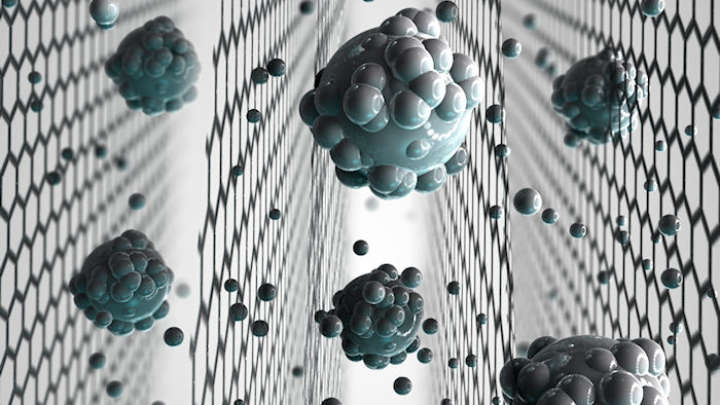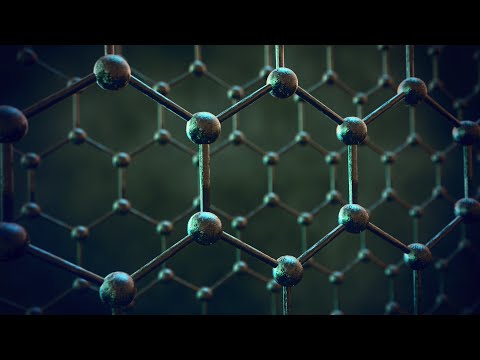A group of scientists at The University of Manchester have demonstrated how a graphene sieve could be used to remove salt from water and provide clean drinking water to millions of people. This research has been published in the journal Nature Nanotechnology. They investigated the possibility of using graphene membranes, thin layers of the material for water filtration.


This research involved graphene-oxide, which is considerably easier to produce as its made by oxidation in the laboratory. By precisely controlling the pore size in the membranes, it was possible to sieve out common salts from water, and make it safe to drink. Tiny capillaries in the graphene-oxide membranes stop the salt from flowing, while letting water pass through. This type of graphene can more easily be made permeable, allowing holes smaller than one nanometer to be made, which are necessary to stop the flow of salt. “This is the first clear-cut experiment in this regime,” Professor Rahul Nair, at The University of Manchester and a co-author on the study, said in a statement. “We also demonstrate that there are realistic possibilities to scale up the described approach and mass produce graphene-based membranes with required sieve sizes.”
The United Nations estimates that by 2025, 14 percent of the world’s population will have to deal with water scarcity, largely due to climate changes. But water filtration is notoriously difficult, requiring costly desalination plants. Graphene-oxide may provide a rather more affordable solution.
